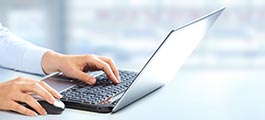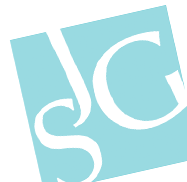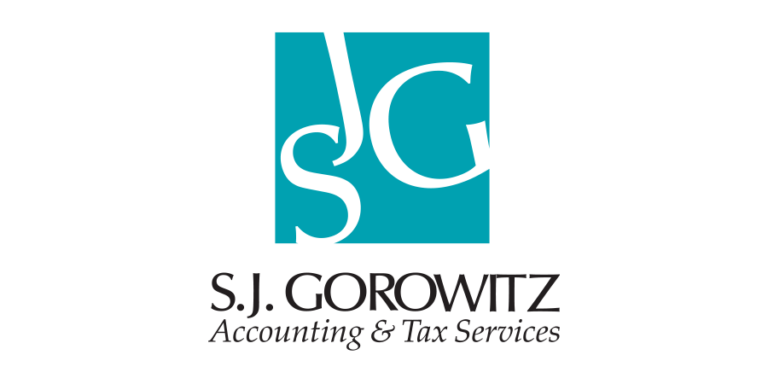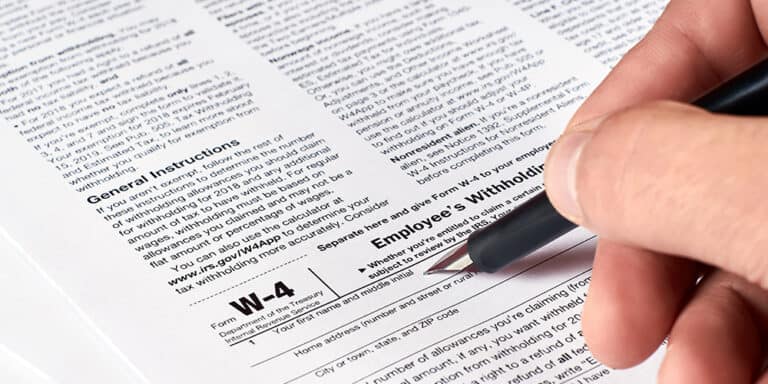Think back over the past year. Were you surprised by a large 2014 tax bill or items you didn’t expect to see? Chances are, if you’re the owner of a small or medium sized business, you were.
According to former IRS revenue officer Michael Raanan, “Numerous businesses overpay their taxes every year by overlooking various tax deductions.” The good news is, with proper early planning, you can take steps to keep more of the money that you’ve earned by reducing your tax burden – whether that’s through deductions or other proven tax strategies.
An experienced tax-planning consultant can help you take advantage of information and tools to estimate income taxes, qualify for the right credits, deduct expenses, reduce your taxable income, and pay less on your taxes. The caveat is that the process needs to start well before December 31. As you engage in this process (or start if you haven’t yet), it’s important to keep in mind that your tax planning process should be as unique as your business. Most businesses that successfully use taxes to their advantage (yes, that’s possible!) have made the decision to engage a tax specialist.
Early Tax Planning is Especially Important for Flow-Through Entities
According to the Census Bureau, flow-through (or pass-through) businesses are the most common entities in the United States. In fact, according to the most recent Census numbers available, there are approximately 7.4 million S corporations, limited liability companies, and partnerships, representing 27% of the almost 28 million firms in the U.S.[1] In these flow-through entities, profits pass directly through the business to the owners – and as such, they are taxed on the owners’ individual income tax returns.
Particularly for these companies, business and personal tax planning must be an integrated effort. Businesses income and losses tie directly to their owners’ personal income. If this isn’t enough of a reason to justify working with a tax specialist, consider this. For flow-through businesses, taxable rates can be as high as 45%, considering federal and state taxes, as well as the Medicare and Net investment income surtax and the phase-out of many deductions for high-income taxpayers. That’s a lot of money – and those are your profits to optimize.
How to Minimize Your Taxable Income Through Tax Planning
The good news is that there are a few really reliable ways to maximize tax savings. Here’s a list of action items, along with some examples to help you understand how each applies to you.
Offset gains against losses for each category of taxable income (operating, investments and passive).
If you own a service business with an office and it produces income, it’s possible that you also own real estate (such as your office space). You can structure your tax strategies to consider real estate as a non-passive loss against and potentially keep more money on the table.
Establish reasonable compensation levels, then structure your withholding to achieve tax minimization.
Think about your savings and pension plans. You can adjust owner salaries higher or lower to minimize payroll tax expenses. Understand your tax thresholds and make contributions to pension plans to route taxable income into non-taxable vehicles.
Plan for asset depreciation versus expensing.
Purchasing assets is one of the most common year-end tax planning considerations for business owners looking to reduce their taxable income. If you’re considering a major asset purchase, make sure your tax advisor considers the code section §179 Deduction, which allows a business to elect to expense the cost of placing an asset in service. It can help you decide whether to make a large asset purchase in 2015 or postpone it until 2016. The decision can have significant tax impact by delaying the payment or allowing you to deduct it now.
Participate in a tax advantageous retirement plan.
Small and medium-sized business owners have many retirement plan options available. By putting income into a retirement account, not only are you saving for future goals and improving your personal cash flow, you are reducing your amount of taxable income and resulting income tax in the current year – potentially by a truly significant amount.
If tax planning is done well, you can save a material amount of money today, while working toward achieving your goals of tomorrow. And while there are some costs associated with hiring a specialist who can help you customize a plan, the savings typically outweigh the investment by 10x or even more.
At S.J. Gorowitz, we are helping clients to plan for 2016 now. We advise you to do the same. Don’t get complacent once you have 2015 under control. It can undermine your financial leverage – make certain that you are in the driver’s seat so that tax season does not take you by surprise.
If you haven’t started your tax planning yet – or if you’re struggling to find the most lucrative strategies – give us a call. We can help you to create the best plan possible so you can reduce taxes, give yourself options, and direct your business and personal finances toward a solid future. Contact us.
Sidebar Newsletter Signup Form
[1] Census Bureau, County Business Patterns, http://www.census.gov/econ/cbp/; Census Bureau, Nonemployer Statistics, http://www.census.gov/econ/nonemployer/




